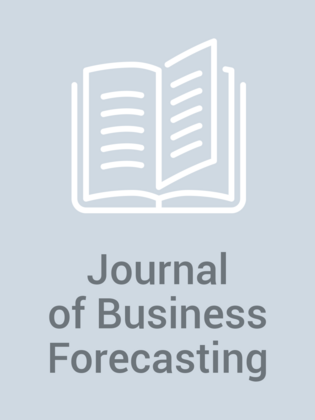Recession Forecasting: Using Leading Indicators And Decomposition
reCession ForeCasting: Using LeaDing inDiCators anD DeCoMPosition By Barry Keating Forecasts improve when the Index of Composite Leading Indicators is combined with the decomposition model, particularly during volatile times. D D id you experience larger errors in your monthly forecasts last year? Did your forecasts deviate significantly from the actual when the recession started? Did your forecast users tell you that their own gut feelings and back-of-the-envelope forecasts were tracking better than your statistical forecasts? If your answer is yes to one or more of these questions, then it may be because your forecasts did not incorporate the cyclical variations in the economy. Businesses typically forecast 12 to 36 months in advance. The time series models we commonly use work well in identifying patterns during stable times, and do not work well during, at the beginning, or at the end of a recession. Generally when recession hits, demand falls dramatically. Before your time series models detect the dramatic drop in demand, a quarter or two have already passed! The result is an overstocked inventory and a loss of trust in your forecast numbers. The key to forecasting during the ...
From Issue:
Fall 2009
(Fall 2009)









